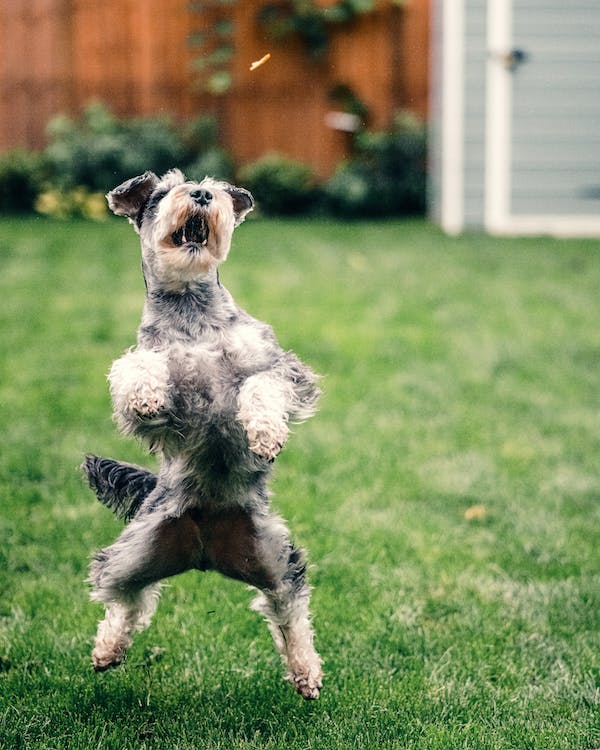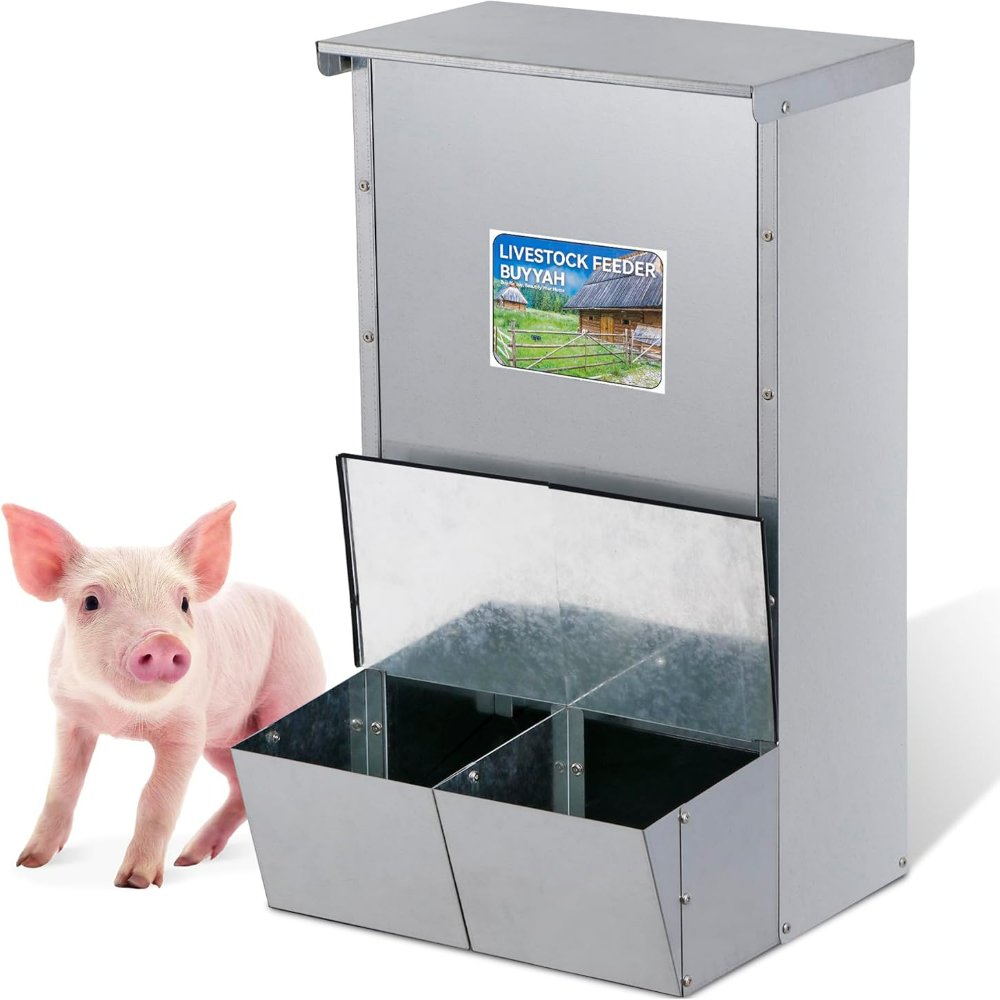Dogs with high prey drives have a strong instinct to chase and hunt smaller animals. This prey drive is ingrained in certain dog breeds and stems from their ancestry and breeding as hunting dogs. While high prey drive can pose challenges in training and socialization, these dogs can thrive in homes prepared to provide proper management and outlet for their instincts.
What is Prey Drive?
Prey drive refers to a dog’s natural instinct to locate, pursue and capture prey. It is a trait deliberately fostered in breeds historically used for hunting. Dogs with high prey drives are intensely focused, determined and stimulated by the chase. When they see a potential “prey” item move rapidly, their drive kicks in and they instinctively want to give chase. This prey can be anything from squeaky toys to cats, squirrels or other small animals.
Prey drive varies by breed and individual dog. Some have very strong instincts, while others have minimal drive. Generally, dogs bred for hunting like terriers, hounds and gun dogs have the highest prey drives. Herding breeds may also have high urges to chase and “herd” perceived prey. Sight hounds like Greyhounds have a high chase drive but do not necessarily have the “kill” instinct at the end.

Considerations for Living With Dogs With High Prey Drives
While high prey drive can present challenges, these dogs can thrive in prepared homes. Consider the following if you have a high prey drive dog:
- Supervision: When outdoors, high prey drive dogs should always be leashed or within fenced areas. Indoors, do not leave them unsupervised with other pets. Be vigilant about escapes.
- Training: Use force-free training to reinforce commands like “leave it.” Work on impulse control and redirecting drive. Avoid punishment-based training.
- Exercise: Give them productive outlets for energy and instinct. Flirt pole sessions, fetching, nose work and puzzle toys can satisfy their needs.
- Prevent Rehearsal: Limit access to situations that trigger instinct like squirrels outside windows. The more they practice the behavior, the more neuropathways form.
- Proper Introductions: With training, some high prey drive dogs can live peacefully with cats or small pets if properly introduced. Go slowly and use positive reinforcement.
- Management: When you cannot directly supervise, keep your high prey drive dog securely separated from other pets for their safety. Use crates, baby gates and closed doors.
Dog Breeds With Particularly High Prey Drives
Certain breeds are known for their strong prey drives. Some of the dogs with the highest include:
Terriers
The terrier group includes breeds originally developed to hunt and kill small vermin and rodents. Their high prey drives made them excellent for this job. Some examples include:
- Jack Russell Terriers
- Fox Terriers
- Rat Terriers
- Scottish Terriers
- Cairn Terriers
- West Highland White Terriers
Terriers may have issues living with small pets including hamsters, guinea pigs, birds and sometimes cats. They should be supervised and receive proper training.
Sighthounds
Sighthounds are bred to spot prey at a distance, immediately give chase and overtake with explosive acceleration. Some sighthound breeds are:
- Greyhounds
- Salukis
- Afghan Hounds
- Borzois
- Irish Wolfhounds
Sighthounds may lack the end “kill” instinct but do have an urgent need to chase. They require secure fencing and supervision around potential prey.
Northern Breeds
Spitz-type dogs bred to hunt large game in cold climates often have high prey drives. Examples include:
- Huskies
- Malamutes
- Samoyeds
- Akitas
Northern breeds may be prone to chasing smaller dogs or cats in play or prey. Proper training and supervision is important for managing this impulse.
Sporting/Hunting Dogs
Breeds developed to partner with humans on the hunt have keen prey drives. Some examples are:
- Pointers
- Setters
- Spaniels
- Retrievers
Driven to locate and pursue birds in the field, their natural hunting instincts can prove challenging in family environments. Channeling their energy into dog sports may help satisfy their needs.
Herding Dogs
Herding breeds are selectively bred to gather, drive and chase livestock. This can translate into intense urges to “herd” children, people, vehicles and other pets by chasing and nipping. Some herding dogs are:
- Border Collies
- Australian Cattle Dogs
- Shetland Sheepdogs
- Australian Shepherds
- Welsh Corgis
Redirecting their herding instincts into structured activities, combined with training, is important in managing their high prey drives.

Conclusion
Dogs with high prey drives can thrive when their instincts and needs are properly fulfilled and channeled. Through management, training, exercise and supervision, they can live harmoniously and safely in homes with the right preparation and diligence by their owners. Working positively with high prey drive behaviors rather than attempting to completely suppress natural instincts is key to success.
Frequently Asked Questions About High Prey Drive Dogs
Here are some common questions about dogs with high prey drives:
Can I train a high prey drive dog to ignore their instincts?
While you can manage and redirect their impulses, you cannot eliminate instinct. Training helps control reactions and impulse control. Manage their environment so they don’t encounter triggers.
What’s the best way to exercise a high prey drive dog?
Physical exercise plus mental stimulation is best. Activities that tap into their natural chase drive like fetch, flirt pole sessions and nose work are good outlets. Avoid punishing them for instinctual behavior.
How can I introduce a high prey drive dog to my cat?
With patience and proper training, some dogs can learn to live peacefully with cats. Use positive reinforcement and go slowly with supervised interactions. Never force interactions or leave them unsupervised until you are certain they are reliable.
Can high prey drive dogs live with small pets like rabbits or birds?
With vigilant supervision and training, some may do okay, but many have such strong instincts that the risk is high. Rehoming the small pets may be the safest option. Never leave them loose together unsupervised.
Are there ways to curb high prey drive?
You cannot eliminate instinct, only manage it. Providing productive outlets for their energy, impulse control training and preventing rehearsal of the behavior can help, but the instinct will remain. Proper management is essential.


